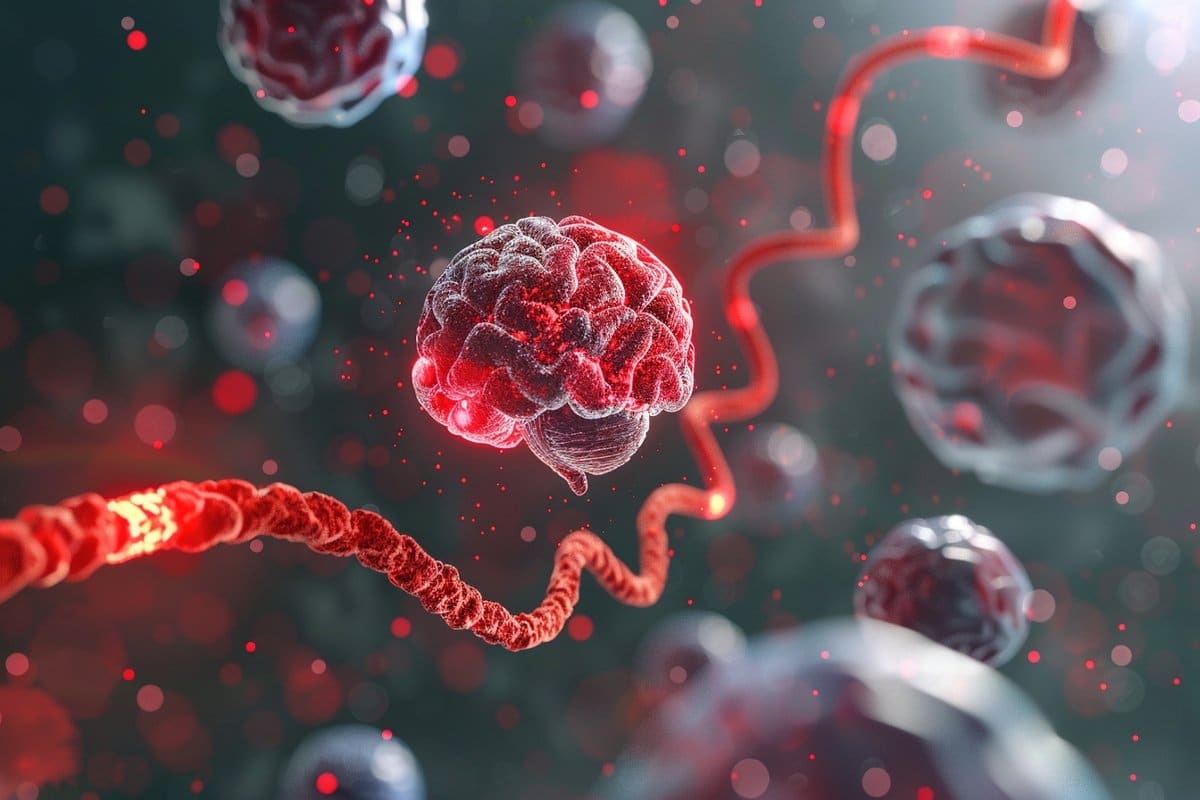A new study has found microplastics in the brain, as well as other organs, after only four weeks of drinking water contaminated with microplastics.
Mice were given water contaminated with an amount of microplastics proportional to what humans are believed to ingest each week. The results of the study, conducted by researchers at the University of New Mexico, were published in Environmental Health Perspectives.
“We could detect microplastics in certain tissues after the exposure,” Dr. Eliseo Castillo, PhD, associate professor in the Division of Gastroenterology & Hepatology in the UNM School of Medicine’s Department of Internal Medicine, said in a release.
“That tells us it can cross the intestinal barrier and infiltrate into other tissues.”
pcess609/Getty
Plastic was found in the brain, liver, and kidneys — and as Castillo points out, “These mice were exposed for four weeks.”
“Now, think about how that equates to humans, if we’re exposed from birth to old age.”
And exposure may begin even before birth; Recent research found plastic from bottles and bags in every human placenta studied.
Another alarming study found that the average bottle of water contains a quarter of a million pieces of plastic.
As the National Library of Medicine explains, “Microplastics (MPs) are plastic particles with a diameter less than 5 mm, while nanoplastics (NPs) range in diameter from 1 to 100 or 1000 nm [nanometer].”
Never miss a story — sign up for PEOPLE’s free daily newsletter to stay up-to-date on the best of what PEOPLE has to offer, from celebrity news to compelling human interest stories.
To put that size in perspective, there are 10 million nanometers in a centimeter.
Apart from what humans are eating and drinking, they’re also breathing in the equivalent of a credit card-sized amount of microplastics per week, according to a June 2023 study that was reported in U.S. News and World Report.
cofotoisme/Getty
Microplastics and nanoplastics have been linked to adverse health outcomes; one report in New England Journal of Medicine linked nanoplastics with an increased risk of heart attack or stroke.
Yet another study linked microplastics with fertility issues, with one study saying they be a “significant cause” of male infertility.
“One concerning question is where exactly in the body are these particles going, how long do they stay there, and what are they doing while they’re there?” Phoebe Stapleton, associate professor of pharmacology and toxicology at Rutgers University, who co-authored the bottled water study, told PEOPLE.
“It might not affect my health today,” she said, but “It may affect my health in 50 years.”

Rachel Carter is a health and wellness expert dedicated to helping readers lead healthier lives. With a background in nutrition, she offers evidence-based advice on fitness, nutrition, and mental well-being.

:max_bytes(150000):strip_icc():focal(756x345:758x347)/microplastics-041824-2-223eca286c7640f19e360e80918fac8f.jpg)






